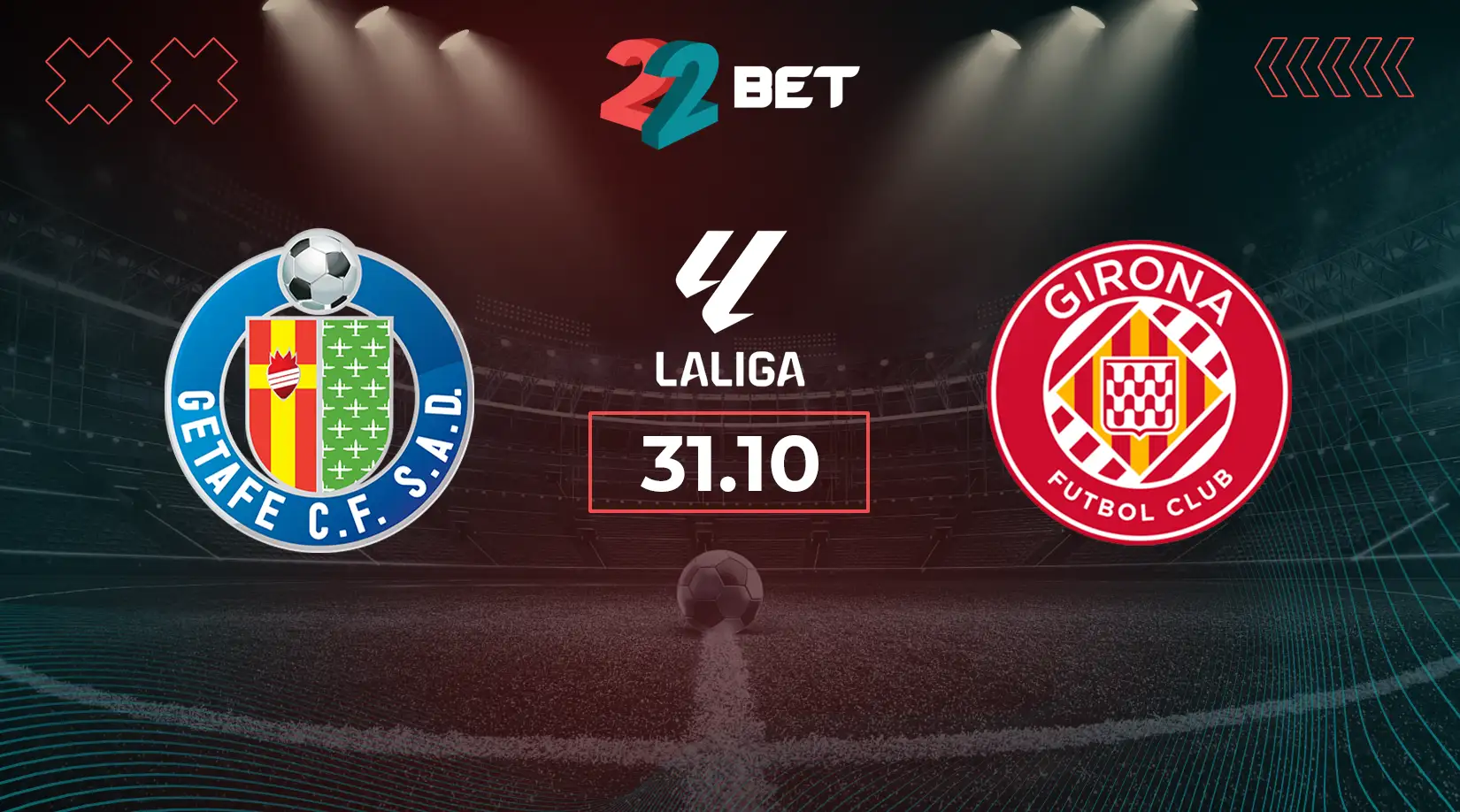Getting My Hands Dirty: Digging Deep for Defensive Truths
Man, sometimes you just get stuck on a topic, right? This whole thing started because some guy on a local Discord channel swore up and down that Getafe had the most solid backline in Spain outside the top three. I just laughed, because Girona has been the story of the season, but he wouldn’t let it go. He kept throwing out vague feelings and “eye test” nonsense. I told him straight up: forget the eye test. We gotta talk numbers. So, I grabbed my tools and decided to actually prove which team was holding up better when the pressure was on.

First thing I did was define what “better defense” even means. It’s not just clean sheets; those are cheap. I wanted to see structure, pressure resistance, and predictive metrics. So, I logged into my usual data sources—the ones I pay way too much money for—and started pulling everything I could find on both Girona and Getafe for the season so far. It was a massive haul, hundreds of rows of raw event data. A total mess.
The Data Dive: Which Metrics I Wrestled With
I knew I couldn’t just look at Goals Conceded. That’s too reactive. I focused on four major pillars. I literally spent a whole afternoon just processing these:
- Expected Goals Against (xGA): This is the big one. It tells you the quality of shots you allow. Lower is obviously better. I filtered out penalty xG to keep the focus on open play defending.
- Shot-Stopping Quality and Location: How many shots did they face, and crucially, where did those shots originate? I mapped every shot they faced inside the 18-yard box.
- Tackle/Interception Success Rate: Getafe is known for physicality, so I had to see if their aggression actually translated into successful ball winning, or just fouls. I compared their successful defensive actions against their total attempts.
- Pressure Resistance (Passes Per Defensive Action – PPDA): This tells you how intensely a team presses. Girona is a possession team, Getafe sits deep. I wanted to see how many passes the opponent completes before the team attempts a defensive action. Higher PPDA means less pressing, often meaning a deeper defensive line.
I jammed all this raw stuff into a Python script I wrote ages ago—nothing fancy, just Pandas and Matplotlib. I just needed to visualize the ugly truth. I cleaned up the null values, normalized the 90-minute figures, and then started plotting the head-to-head comparisons. I pushed the graphs out, stepped back, and finally saw the picture emerge.
The Ugly Truth Revealed
The numbers didn’t lie, but they did reveal something complex. Getafe might feel tougher because they commit more fouls and throw their bodies around. Their tackling success rate was solid, yeah, but their high volume of fouls often put them in bad spots, leading to dangerous set-pieces.
But Girona? They were just smarter. Their xGA was dramatically better. They might face the same number of shots, but the quality of those shots was rubbish. They controlled the midfield so well that opponents rarely even got into the central danger zones. Their high PPDA showed they trust their shape and midfield pressing to deny entry, rather than relying on desperate last-ditch tackles.

The data clearly pointed to Girona having the fundamentally superior defense—not because they blocked more shots, but because they expertly minimized the danger before a shot was even taken. I took the screenshots, sent them to the guy on Discord, and told him to stick to watching highlight reels.
Why I Really Went This Deep
Now, you’re probably thinking, “Why the hell did this guy spend two days deep diving into the defensive metrics of mid-table La Liga teams? Doesn’t he have a job?”
Well, I do have a job. I was actually supposed to be finalizing a major data migration for a client’s e-commerce platform this week. But things went sideways. Seriously sideways.
See, I took a little trip up north last month to visit my brother. He needed some help setting up his new home office after he got fired—long story short, he argued with his boss about the best way to handle asynchronous data calls, and they just canned him. He has three kids now and zero income. It was rough.
When I got back, I had promised the client I’d have the migration schema locked down by Monday. But I realized I’d left my primary hardware security key—the physical USB stick that allows me access to the deep system roots—at my brother’s place, stuck in his forgotten laptop. I called him up, but he was busy job hunting and said he’d mail it back “when he found time.”

I couldn’t get into the core system. I couldn’t do the migration. I was blocked. I couldn’t tell the client I lost the key because my brother was having a personal crisis, so I told them I hit “unexpected security configuration snags” and needed three extra days to “resolve authentication layers.”
So, there I was: sitting at home, completely locked out of my main work, needing to look incredibly busy and productive while secretly being unable to do anything useful. What do you do when you need to burn thirty hours looking like a data wizard but can’t touch proprietary client data? You pick a random, complex, personal data project that requires heavy lifting and deep analysis. In this case, proving an idiot on the internet was wrong about Getafe’s defense. It kept my skills sharp, kept my brain occupied, and saved my reputation until that stupid security key finally showed up in the mail yesterday. It was the best, most frustrating, and totally necessary detour I’ve taken all year.
